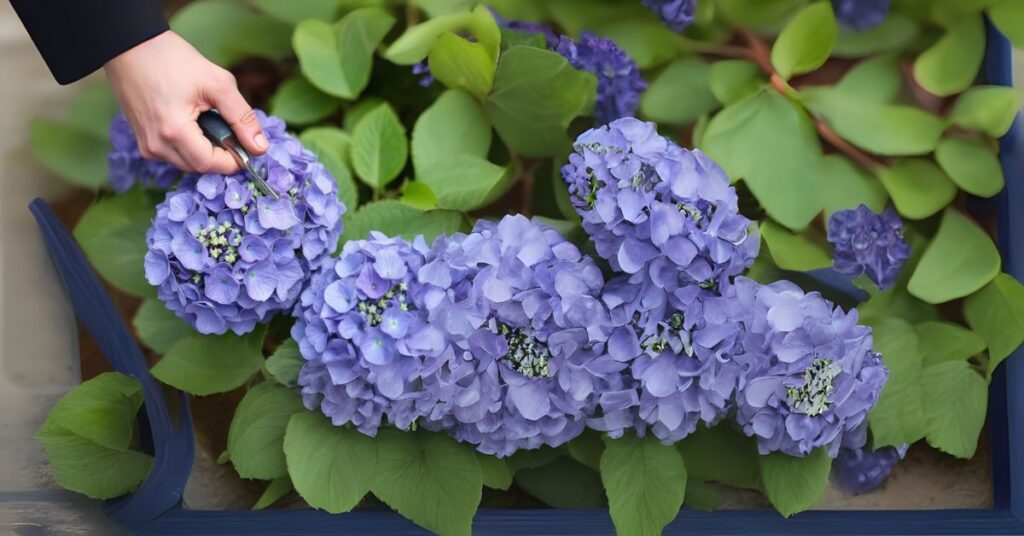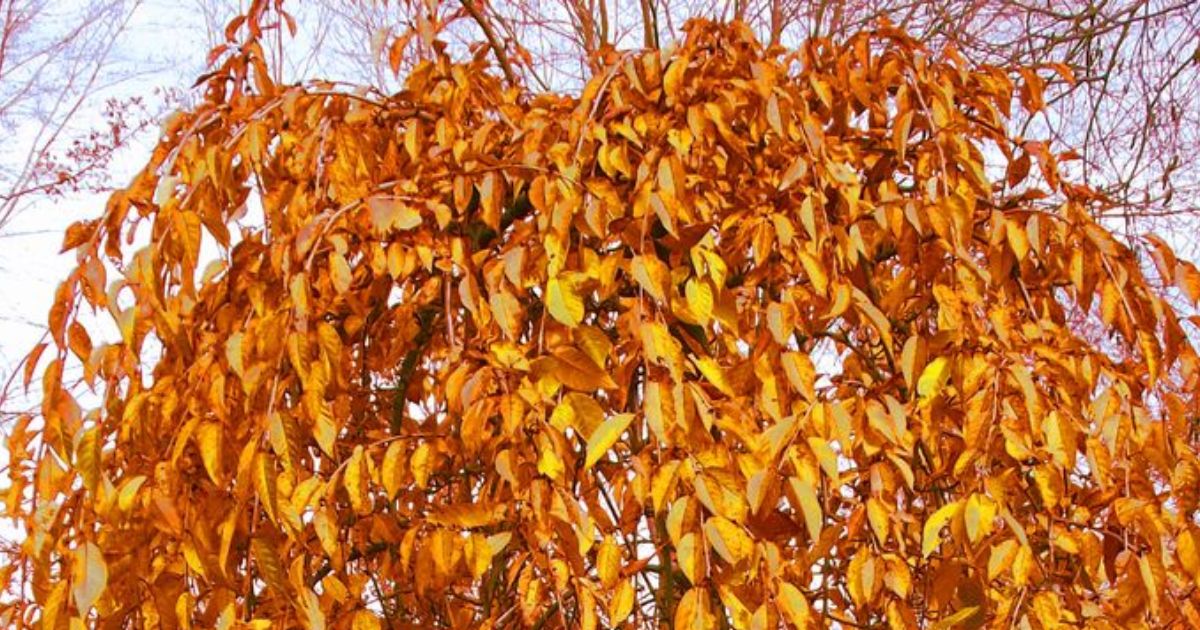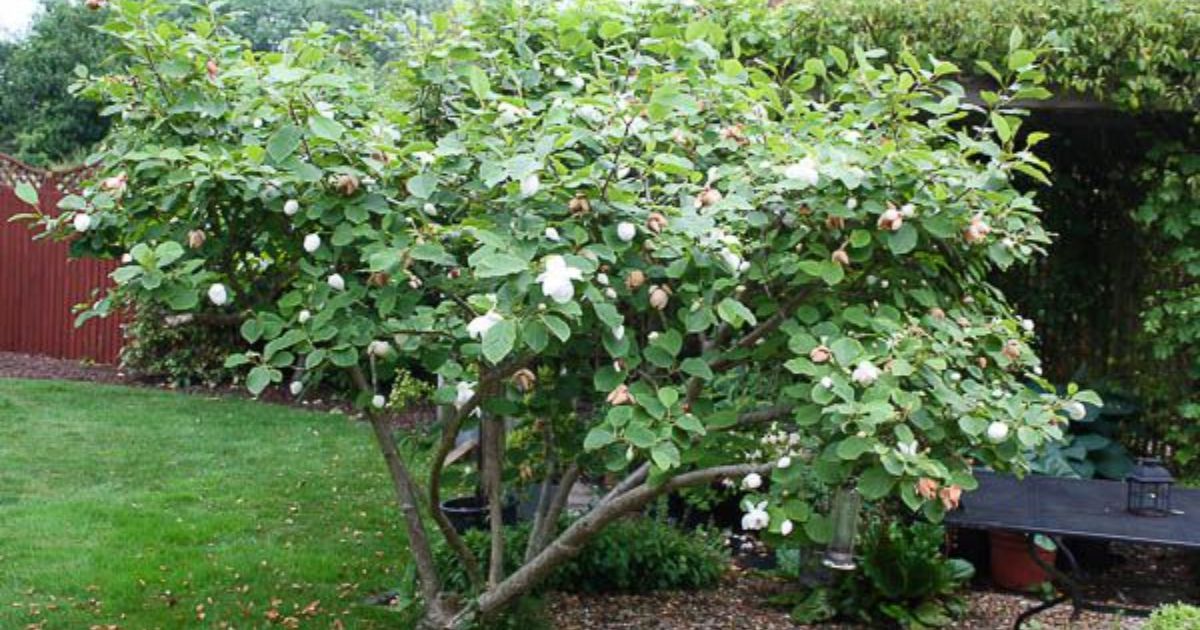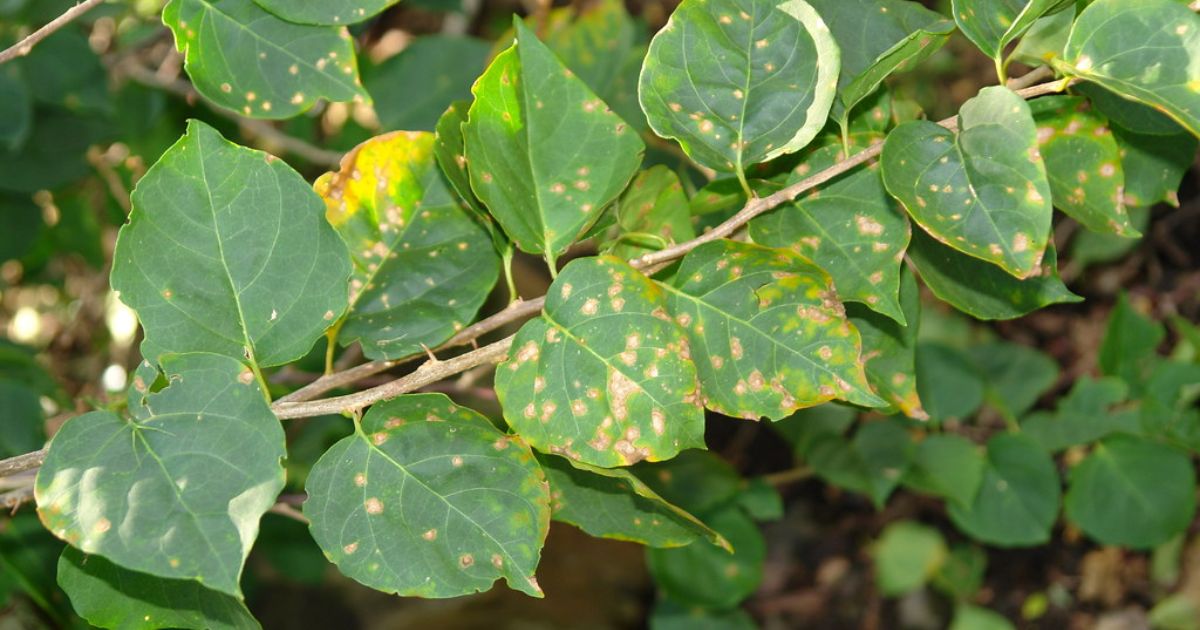Because of their vivid colours and rich flowers, hydrangeas are adored. Making them a favourite among gardeners. If you want to expand your garden or share these stunning plants with friends, propagating hydrangeas from cuttings is easy and cost-effective. You can successfully grow new hydrangea plants from healthy stems by following simple steps. This guide will walk you through the best time to takepropagating hydrangea seedlings cuttings, the needed materials, and the step-by-step process to ensure successful propagation.
Best time to Take Hydrangea Cuttings
The ideal time to propagate hydrangea from hydrangeas is summer when the plant is actively growing. At this stage, the stems are still soft and flexible, known as “softwood cuttings,” making them more likely to root successfully. Ideally, take cuttings in the morning when the plant is well-hydrated, as this helps prevent wilting. How to grow jasmine Avoid can you propagate hydrangeas from flowering stems; choose healthy, non-flowering shoots with vibrant green leaves. While softwood cuttings root faster, some gardeners take semi-hardwood cuttings in late summer. However, these may take longer to establish roots.
Tools and Materials You Need
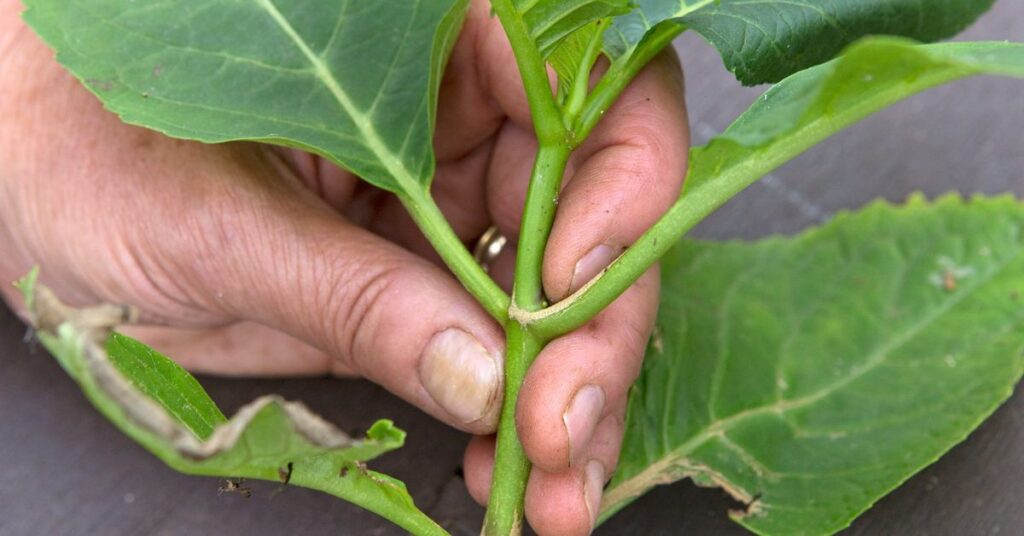
Before you start, gather the right tools. propagating hydrangea cuttings Here’s what you’ll need:
- Sharp pruning shears or scissors
- A clean knife
- A small container or cup
- Rooting hormone (optional but helpful)
- Potting mix (a blend of peat moss and perlite works best)
- Small pots or trays
- Plastic bags or a humidity dome
- Watering can
How to Take Hydrangea Cuttings
Select a Healthy Stem
Look for a healthy, non-flowering stem with fresh green leaves. Bare Root Strawberries: A root hydrangea in water should be about 4-6 inches long. Avoid stems with flowers because they take more energy to grow roots.
Cut the Stem
Use clean, sharp pruning shears to cut just below a leaf node (the point where leaves grow from the stem). A diagonal cut increases the surface area, allowing better water absorption.
Remove Lower Leaves
Strip off the bottom leaves, leaving only two to three leaves at the top. This prevents water loss and helps the cutting focus on growing roots.
Prepare the Cutting
If the remaining leaves are large, cut them in half. This reduces moisture loss. Though optional, you can dip the cut end into the rooting hormone to speed up root development.
Plant the Cutting
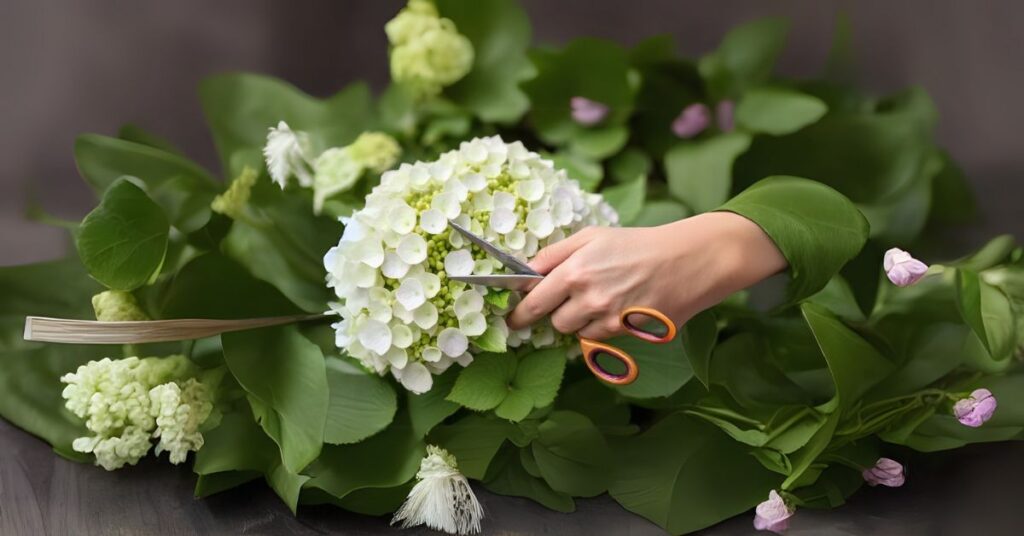
To fill a tiny pot, use a potting mix that drains properly. Make a hole in the ground approximately two inches deep with a pencil or stick, then insert the Cutting. To keep the base in place, gently massage the dirt around it.
Water the Cutting
Give the Cutting a light watering. The Best Places to Cut Your Own The soil should be moist but not soggy. Overwatering can cause rotting.
Create a Humid Environment
Hydrangea cuttings need humidity to root. Cover the plant with a humidity dome or a plastic bag, ensuring the leaves are not in contact with the plastic. Support it with sticks if necessary.
Place in Indirect Light
Place the pot in a warm area that receives some indirect sunshine. Avoid the sun, as it can cause the Cutting to dry up. The temperature should be between 65 and 75°F (18 and 24°C).
Monitor and Care for the Cutting
Check the Cutting daily. If the soil seems dry, mist it lightly. After 2-3 weeks, gently tug the Cutting. If you feel resistance, roots are forming.
Transplanting the Rooted Cutting
When the roots are between one and two inches long, move the Cutting into a larger pot with nutrient-rich soil. Water should be used regularly and slowly to introduce it to more sunlight.
Common Mistakes to Avoid When Taking Hydrangea Cuttings
Propagating hydrangeas from cuttings is simple, but mistakes can reduce your success rate. Here are some common errors to avoid:
Taking Cuttings from the Wrong Stems
Avoid using woody or flowering stems, as they are less likely to root. Choose soft, green stems that have not yet bloomed for the best results.
Forgetting to Sanitize Pruners
Dirty tools can spread diseases and fungi, How to Grow and Care for a Flamingo which may cause the cuttings to rot. Always clean your pruners with rubbing alcohol before use.
Not Removing Enough Leaves
Leaving too many leaves on the Cutting can lead to excessive moisture loss. Remove all but the top two to four leaves, and cut large leaves in half to reduce water evaporation.
Skipping the Rooting Hormone
While not required, skipping rooting hormone can slow down or reduce root formation. Using it increases your chances of successful propagation.
Overwatering or Underwatering
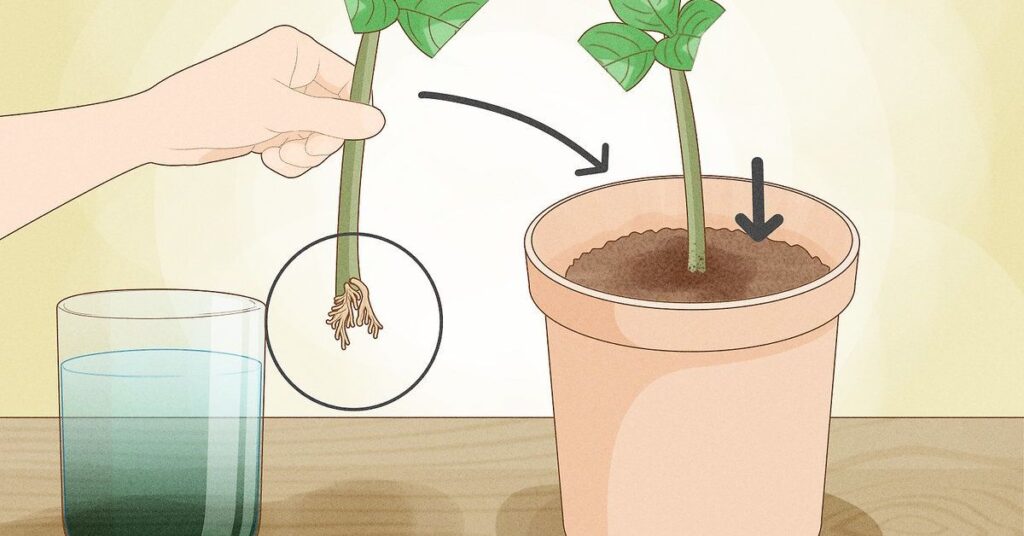
The soil should be kept moist but not soggy. While too little water might dry out the Cutting before roots emerge, too much water can lead to root rot.
Placing the Cuttings in Direct Sunlight
Too much direct sunlight can scorch the cuttings or dry them out. For the best growth conditions, keep them in bright, indirect light.
Not Maintaining Humidity
Cuttings need a humid environment to develop roots. Why Fall is the Best Time to Plant Trees Covering them with a loose plastic bag helps retain moisture and encourages healthy rooting.Your chances of successfully reproducing healthy hydrangea plants will increase if you avoid these typical blunders.
When to Take Cuttings from Hydrangeas
The ideal time to take cuttings is when the hydrangea plant is actively growing, in late spring to early summer, but not yet flowering heavily. This is typically from May to July, depending on your climate. At this time, the stems are firm and healthy—perfect for rooting.Use softwood cuttings, which are taken from the current season’s growth. These items are still flexible but not too soft or mushy. Choose a healthy branch without flower buds. Thus, blossoming stems have a lower chance of taking root.
Using a 4- to 6-inch snip done immediatelybelow a leaf node, the point where the leaf and stem join , remove the lower leaves, leaving only a handful at the top. To promote development, dip the cut end into the rooting hormone. Then, place it in moist, well-draining soil or a mix of perlite and peat moss. Keep the cutting in a warm, shaded area with high humidity—covering it with a plastic dome or bag helps.
Roots typically form within 2 to 3 weeks. Once the cutting is well-rooted, it can be moved into the garden or into a bigger pot. Proper timing ensures vigorous, healthy new plants for future seasons.
Conclusion
Propagating hydrangea cuttings from cuttings is an easy and satisfying method of growing your garden without investing more money in new plants. Making healthy choices can significantly improve your chances of success. Non-flowering stems, properly trimming the leaves, and using rooting hormones. Ensuring the right conditions—such as maintaining moisture, providing indirect light, and keeping humidity levels high—will help the cuttings develop strong roots.
Patience is key when growing propagate hydrangea from cuttings. Within a month, you should start seeing new root growth. Once the cuttings are well-established, they can be transplanted into individual pots or the garden. Proper spacing and regular watering will allow them to thrive and produce beautiful blooms in the next growing season.Avoiding common mistakes like overwatering, using the wrong stems, or exposing hydrangea cuttings propagation to direct sunlight will improve your success rate. You can enjoy a flourishing hydrangea garden filled with vibrant, healthy plants with the proper care and attention.By following these simple steps, even beginner gardeners can successfully propagate hydrangeas and enjoy their beauty for years.
FAQ
When is the ideal time to harvest cuttings from hydrangeas?
Hydrangea cuttings are most effective in late spring to early summer. When the stems are still soft and actively growing. Softwood cuttings root more efficiently than older, woody stems.
Can I take cuttings from a flowering hydrangea stem?
It’s best to avoid flowering stems. Non-flowering, green stems root more effectively and establish more vigorous plants.
Do I need to use the rooting hormone?
While not required, rooting hormone increases the success rate by promoting faster and stronger root growth. It’s beneficial if you’re new to plant propagation.
How long does it take for hydrangea cuttings to root?
Typically, hydrangea cuttings develop roots within 3 to 4 weeks. You’ll know they have rooted when you see new leaf growth.
How often should I water my cuttings?
Don’t let the soil get saturated, but keep it regularly damp. While underwatering can cause the cuttings to dry out, overwatering can result in root rot.
Where should I place my cuttings?
Place your cuttings in bright, indirect light. Avoid direct sunlight, which can dry them out too quickly.
When can I transplant my rooted cuttings into the garden?
Once your cuttings have strong roots and new growth, they can be transplanted into their pots or the garden. They will establish themselves and bloom the following season if transplanted in the fall.
What are the common reasons cuttings fail to root?
The most frequent causes of failure are using old or flowered stems, overwatering, low humidity, direct sunlight, and not cleaning pruners before cutting.These tips will help you propagate hydrangeas successfully so you may keep enjoying their lovely flowers year after year!

